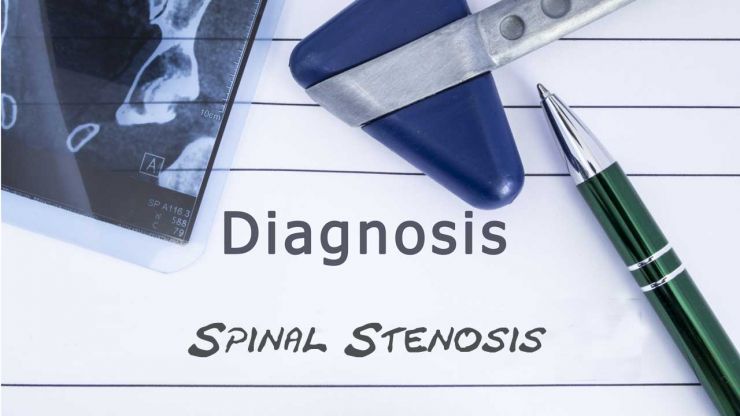Diagnosis of Spinal Stenosis

How is Spinal Stenosis diagnosed?
Similar to other medical disorders, the diagnostic process for spinal stenosis includes a complete patient history, and physical and neurological examination. You will be asked to describe your symptoms, when the condition started, activities that aggravate or alleviate symptoms, and the result of previous medications taken and therapies tried to treat the disorder.
During the physical and neurological examination the doctor will feel your spine and test your reflexes. Further, he will test your balance while watching you walk normally, on tip toes and heels. To determine how much motion you have in your spine, you may be asked to bend forward, backward, and side to side. These and other movement and reflex tests help to rule out loss of extremity reflexes, muscle weakness, and loss of feeling. The extremities are your arms and legs.
Can the doctor tell it is Spinal Stenosis just from an examination?
Depending on doctor's findings, other tests may be needed to confirm the diagnosis. These tests include:
X-Ray: An x-ray is the most common test performed and shows the structure of the spinal bones (vertebrae) and can detect bone spurs.
MRI (Magnetic Resonance Imaging): MRI provides a highly detailed, three-dimensional image of the spine. The spinal cord, nerve roots, and spaces are clearly defined.
CAT Scan (Computerized Axial Tomography): A CAT Scan renders images of bone better than nerves and is often used to show the shape and size of the spinal canal.
Myelogram: Using x-ray and a special liquid dye that is injected into the patient intravenously, a myelogram helps to define where there is pressure on the spinal cord or nerve roots from a herniated disc, bone spurs, or a tumor (rare).
Bone Scan: This safe test uses a radioactive material that is injected into the patient. The material attaches itself to bone and helps to detect fractures, tumors, infections, and osteoarthritis. The doctor usually relies on other tests in conjunction with a bone scan.
Nerve Compression
Surgery
Non-Surgical
Minimally Invasive Surgery
